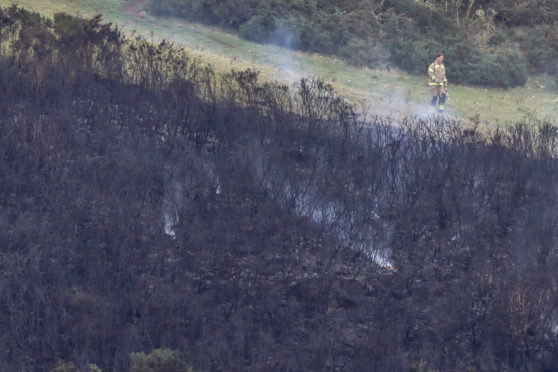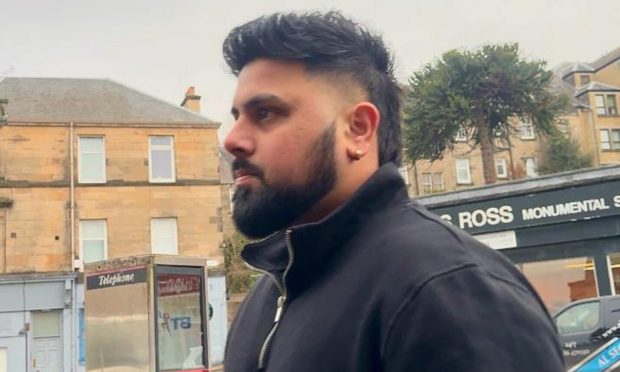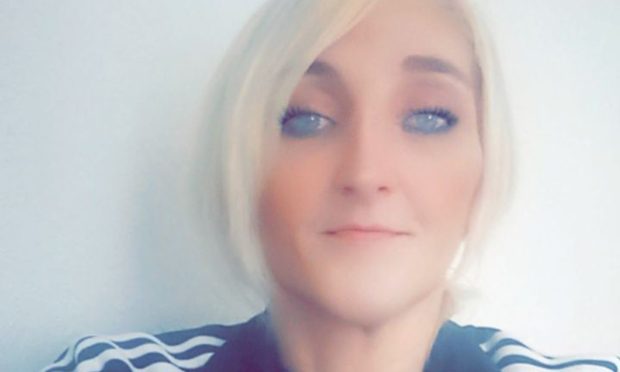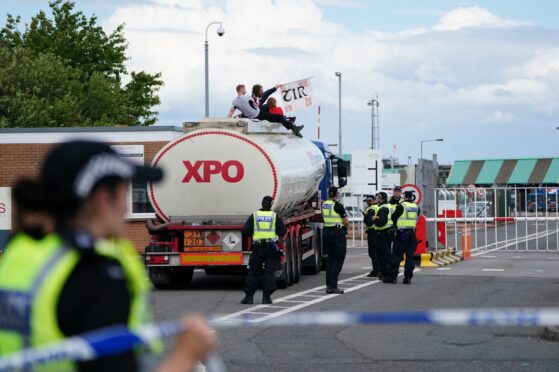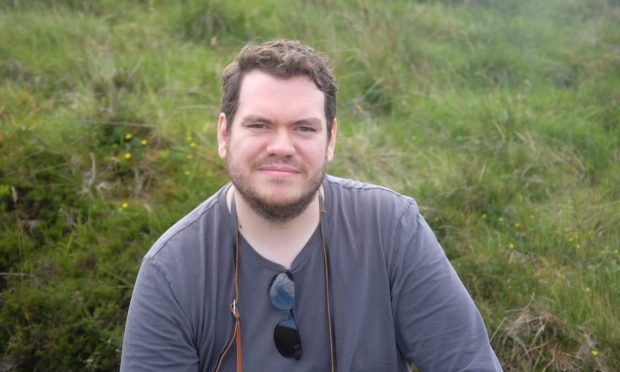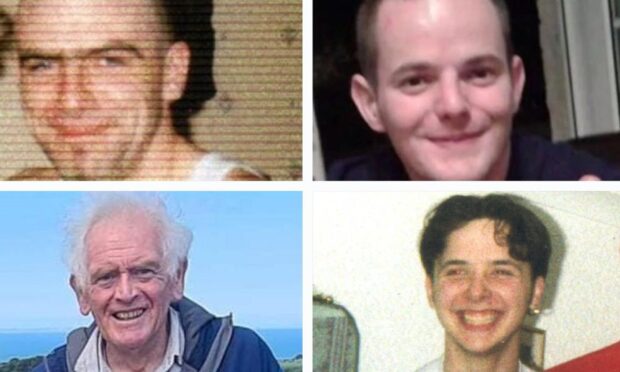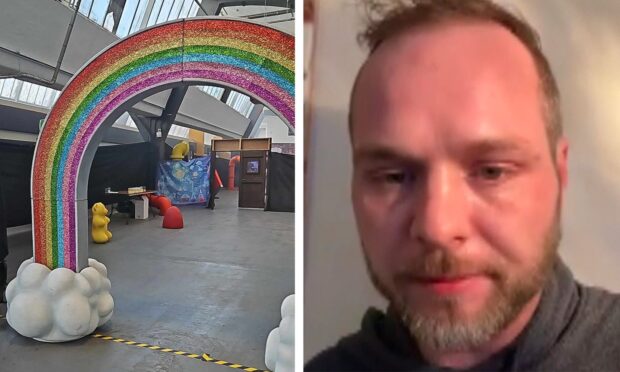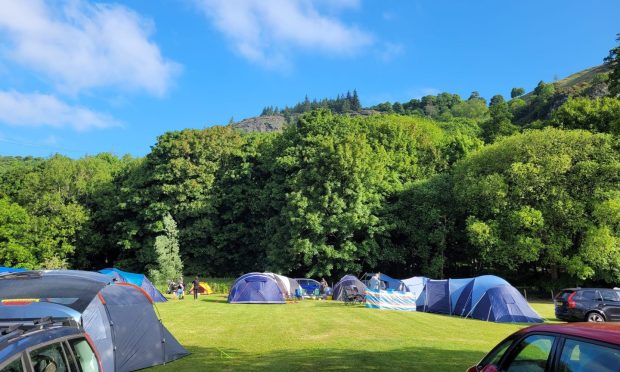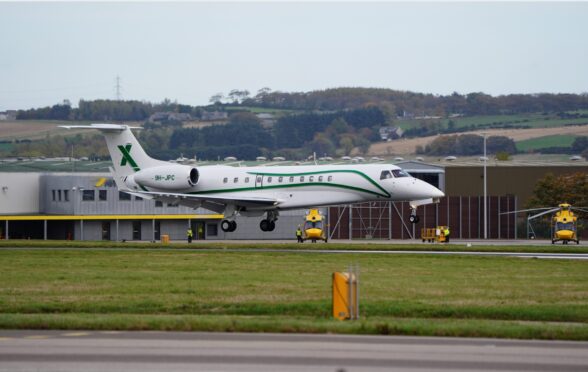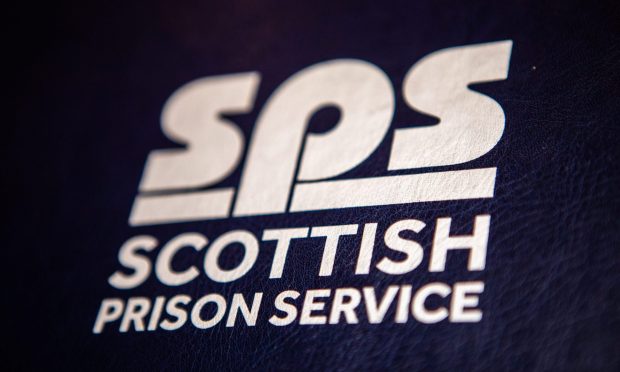New figures show the number of blazes on open ground this summer was more than double the average of previous years.
Scotland had the highest number recorded in the UK, 3,736, according to figures obtained by Press Association.
At least 25,000 grass and wildfires were tackled UK-wide by fire services between May and July this year – more than two-thirds of which were started deliberately.
Soaring temperatures this summer, combined with weeks without rainfall, turned large sections of the country into a tinderbox as fire services were stretched to keep blazes under control.
It comes as firefighters battled a large blaze on a Fife hilltop at the weekend.
A third of the 40 fire services which shared their data saw the number of grass and wild fires they attended triple when compared to the average of previous years.
A spokesman for the Fire Brigade Union said: “The growing risk of grass fires represents another strain on the dwindling resources of fire and rescue services currently experiencing severe budget cuts across the country.
“Fire services do not receive enough funding to respond to an increase on this scale.
“We also had reports of firefighters working for 17 hours straight to get the wildfires under control. That is simply not good enough.”
Chris Lowther, operations lead at the National Fire Chiefs Council, called the summer’s weather “exceptional” but added “we can’t ignore the longer-term impact of climate change on fire services”.
“We have seen an increase in the number of fires in recent years alongside a 21% reduction in the number of whole-time firefighters since 2011,” he said
“It is vital the communities fire services represent have confidence in their emergency services.”
A Home Office spokesman said: “The tireless efforts of firefighters to contain wildfires this summer have been astounding.
“We have made sure fire and rescue services have the support and equipment required to successfully fight these types of fires.
“We support FRSs by providing specialist capabilities for the largest emergencies, including high volume pumps and the national resilience team of specialist experts.
“Soldiers have also been deployed to tackle these incidents.”
